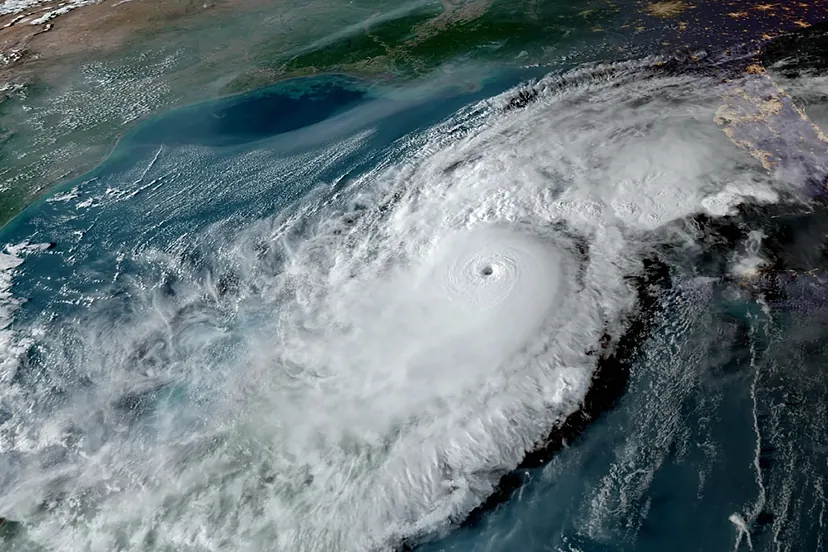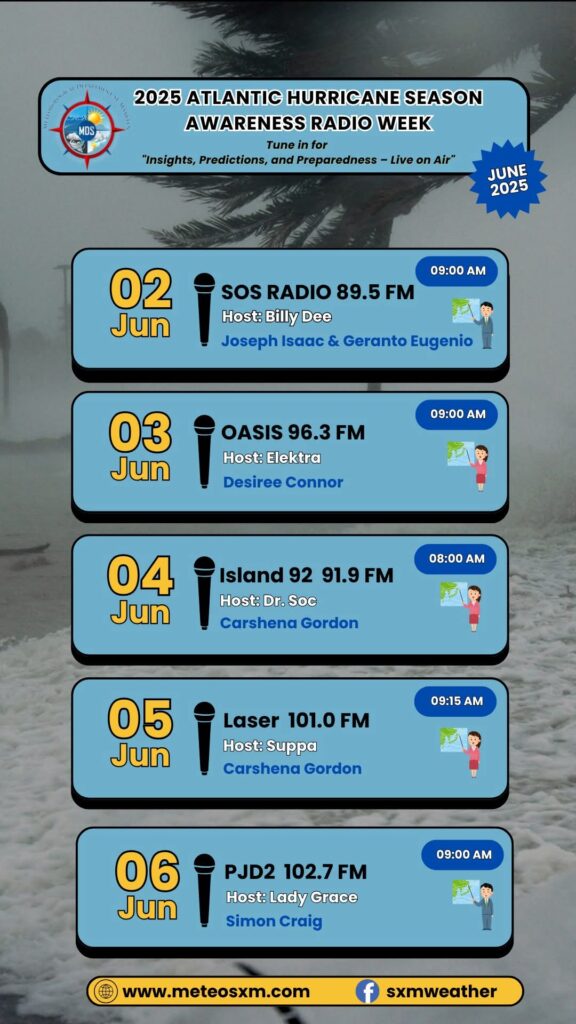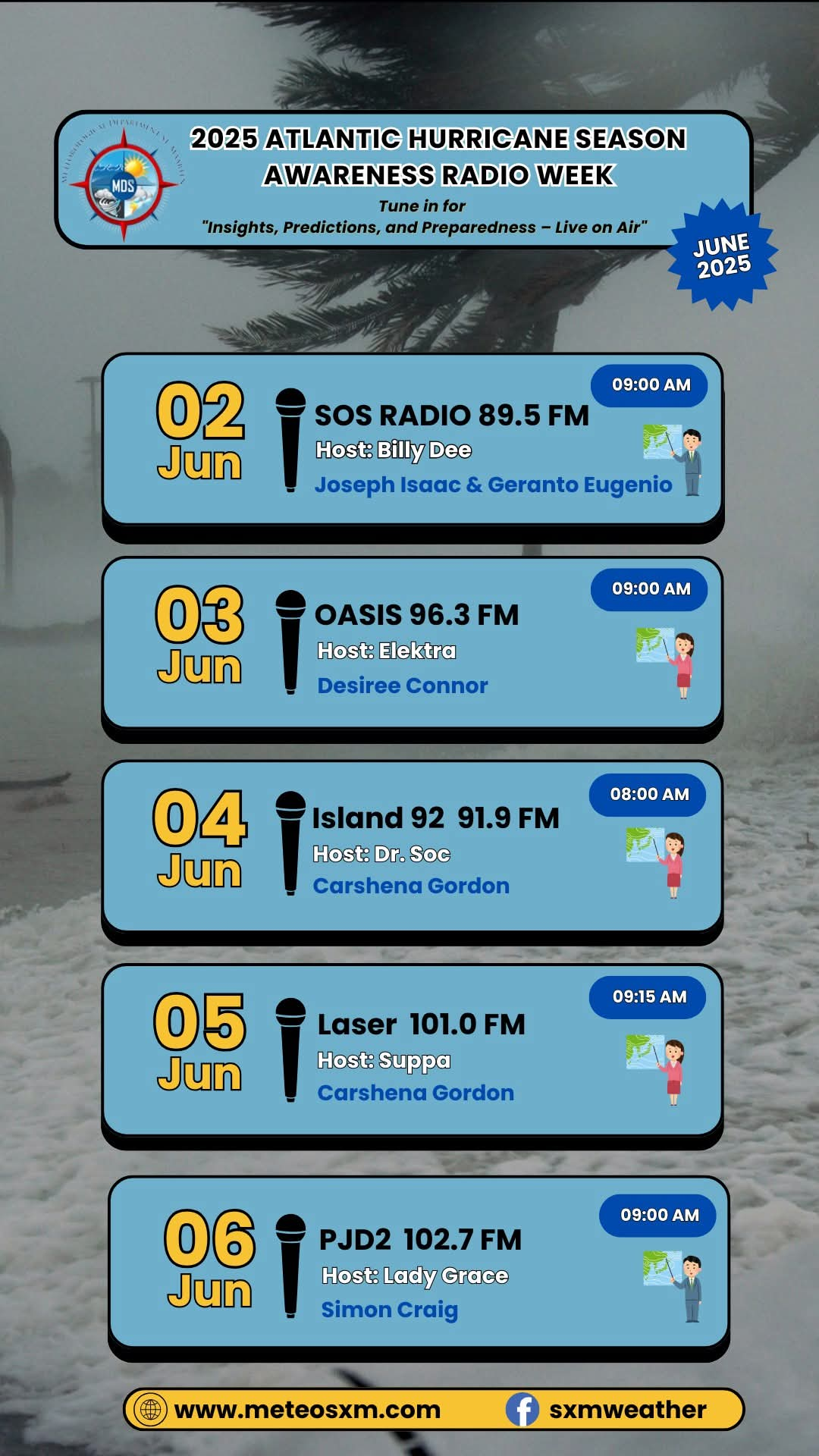2025 Hurricane Season Predictions: What to Expect and What is the Land Threat Outlook This Year?


The 2025 Atlantic hurricane season officially begins on June 1 and ends on November 30, and experts at the National Oceanic and Atmospheric Administration (NOAA) predict it will be above normal in terms of tropical storm and hurricane activity. The outlook reflects a confluence of atmospheric and oceanic conditions that strongly favor storm formation and intensification across the Atlantic basin.
What Does NOAA Forecast for 2025?
According to NOAA’s National Weather Service, the 2025 hurricane season holds a 60% chance of being above normal, a 30% chance of being near normal, and only a 10% chance of being below normal. The agency forecasts:
- 13 to 19 named storms (sustained winds of 39 mph or greater)
- 6 to 10 hurricanes (sustained winds of 74 mph or greater)
- 3 to 5 major hurricanes (Category 3 or higher with sustained winds of 111 mph or more)
NOAA reports that these projections have a 70% confidence level, marking a strong and informed assessment based on decades of climatological expertise and modern data.
Key Drivers Behind the Above-Normal Season
Warm Ocean Temperatures
One of the primary drivers for increased tropical activity in 2025 is warmer-than-average sea surface temperatures. These conditions supply additional fuel for developing storms, making them more likely to strengthen into hurricanes.
Favorable Atmospheric Conditions
Another influential factor is the persistence of neutral ENSO (El Niño–Southern Oscillation) conditions, which reduces atmospheric interference and fosters storm development. At the same time, weak vertical wind shear—a condition where wind speeds and directions remain consistent at various altitudes—allows tropical systems to grow and intensify more easily.
West African Monsoon Impact
Additionally, the West African monsoon appears more active than usual. Many Atlantic hurricanes originate from tropical waves moving westward from Africa. A stronger monsoon season tends to produce more of these waves, further boosting the likelihood of an active season. https://sxmnews.ai/latest-sxm-news-ricardo-york-st-maarten/
Land Threat Outlook for 2025
Coastal and Inland Risks
Experts emphasize that hurricane risks extend far beyond coastal areas. As seen during the impactful 2024 season, storms like Hurricanes Helene and Debby caused significant inland flooding, proving that hurricane hazards do not end at landfall.
NOAA Acting Administrator Laura Grimm stressed the importance of inland preparedness:
“As we witnessed last year… the impact of hurricanes can extend far beyond coastal communities.”
Tools and Preparedness
State-of-the-art hurricane tracking systems and real-time alert tools enhance public safety. These resources help communities respond promptly and reduce the potential loss of life and property. Commerce Secretary Howard Lutnick noted:
“With these forecasting models and tools, we have never been better prepared for hurricane season.”
Final Thoughts: Prepare Now, Stay Informed
As the 2025 hurricane season approaches, the message is clear: expect increased activity and stay vigilant. With 13 to 19 named storms expected and several of those likely to develop into major hurricanes, early preparedness is essential.
Be sure to monitor local alerts, review evacuation plans, and stock up on emergency supplies. While modern forecasting tools provide critical lead time, individual readiness remains the most effective line of defense against hurricanes.

